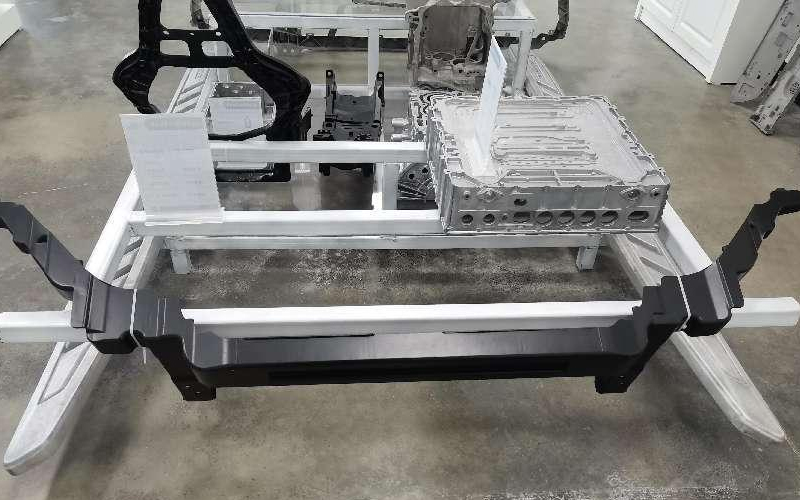Aluminum casting is a widely used manufacturing process that involves the production of intricate and complex parts. The process involves pouring molten aluminum into a mold to create the desired shape. This guide will provide a comprehensive overview of the steps involved in producing high-quality aluminum casting parts.
Design and Pattern Creation:
The first step in the aluminum casting process is designing the part and creating a pattern. The pattern is typically made from wood, plastic, or metal, and it represents the final shape of the part. The pattern is used to create the mold, so it is crucial to ensure its accuracy and precision.
Mold Making:
Once the pattern is ready, the next step is to create the mold. The mold is made by packing sand or another refractory material around the pattern to form a cavity. The mold is designed to withstand the high temperatures and pressure involved in the casting process.
Preparing the Mold:
Before the molten aluminum is poured, the mold needs to be prepared. This involves removing any moisture or impurities from the mold to prevent defects in the final part. The mold is heated to a specific temperature to ensure the aluminum flows smoothly and evenly.
Melting and Pouring:
The aluminum is melted in a furnace at temperatures ranging from 660°C to 740°C. Once the aluminum reaches its melting point, it is poured into the prepared mold. It is essential to control the pouring speed and temperature to ensure the aluminum fills the mold completely and evenly.
Cooling and Solidification:
After the molten aluminum is poured into the mold, it begins to cool and solidify. The cooling process is crucial as it determines the final properties of the part. It is essential to control the cooling rate to avoid defects such as porosity or shrinkage. Cooling can be accelerated using various techniques, such as the use of cooling fans or water cooling.
Removal of the Casting:
Once the aluminum has solidified, the mold is removed to reveal the casting. The casting is then cleaned to remove any residual mold material or impurities. This can be done through various methods such as sandblasting, shot blasting, or chemical cleaning.
Finishing:
After the casting has been cleaned, it undergoes various finishing processes to achieve the desired surface finish and dimensional accuracy. This may involve machining, grinding, or polishing. It is crucial to ensure that the finishing processes do not compromise the structural integrity of the part.
Quality Control:
Throughout the entire aluminum casting process, it is essential to implement stringent quality control measures. This includes inspecting the pattern, mold, and casting for any defects or deviations from the design specifications. Non-destructive testing methods such as X-ray or ultrasound can be used to identify internal defects.

Post-Casting Treatment:
Depending on the application, the aluminum casting may require additional post-casting treatment. This may involve heat treatment to improve the mechanical properties, surface coating to enhance corrosion resistance, or other specialized treatments.
Conclusion:
Producing high-quality aluminum casting parts requires careful attention to detail and adherence to strict manufacturing processes. By following the comprehensive guide outlined above, manufacturers can ensure the production of intricate and precise aluminum casting parts that meet the desired specifications and performance requirements.
-

- High precision magnesium thixomolding components UAV cover
-

- CNC machined parts Steering bracket
-

- Custom-made die casting parts&comopnents for bicycle suspension fork for MTB
-

- Magnesium alloy foundry parts bicycle wheel with CNC machining & surface finishing
-

- Tixomolding osat ja komponentit matkapuhelimen keskilevy käsitelty
-

- Magnesiumseoksesta valmistetut pyörän osat ja komponentit lasten työntöpyörään

 0086-750-5616188
0086-750-5616188 +86 13392089688
+86 13392089688 sales@zhongmei-tech.com
sales@zhongmei-tech.com








